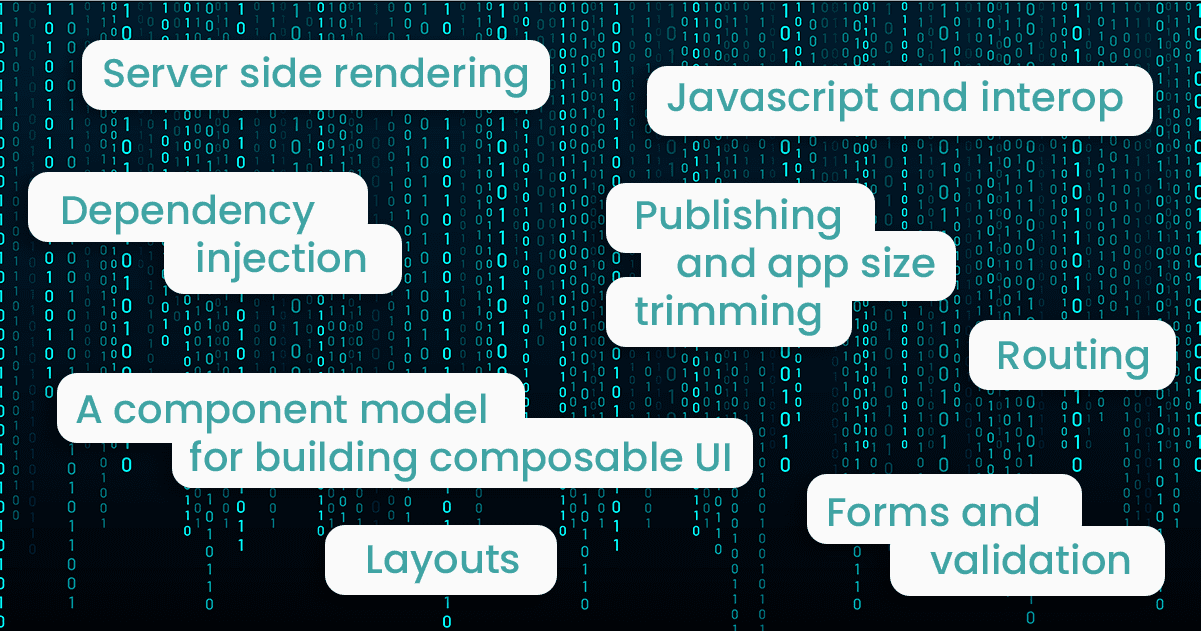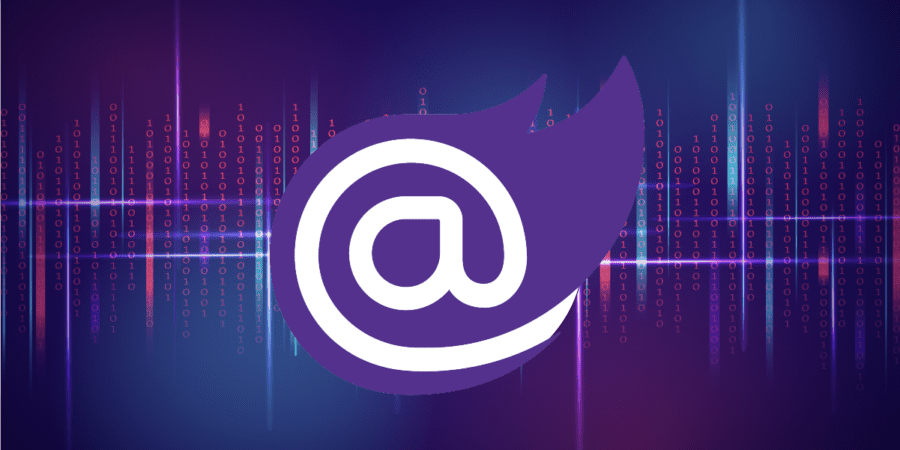Why Use Blazor in .NET Development?
Any web developer worth their salt knows the importance of JavaScript in modern web app development. In recent years it’s become the backbone of development and one of the most popular programming languages, empowering front end web developers to build high quality user interfaces for both web and app.
But picture this: .NET running on a web browser, with no add-ons, plugins, or tech wizardry. Does that sound impossible to you?
Blazor is an application used to build out website functionalities in HTML, CSS, and C#, just to name a few.
Blazor applications are built using the ASP.NET tool, Razor, which consists of both HTML and C#.
What are the features of Blazor in .NET?
Despite sharing similarities to Vue, Angular, and React, Blazor is a framework in its own right.
It’s fast, reusable, and (most importantly) it’s open source, paving the way for great support from the community.
If you’re still not convinced, here’s some more features that make Blazor a great .NET framework.

What are the benefits of Blazor?
Blazor is an excellent tool for those looking to streamline their business operations. Especially consdering it covers both client and server side coding.
Until Blazor came onto the scene, JavaScript was the king of full stack web apps. Meaning backend developers specialising in .NET had no other option than to learn JavaScript if they wanted to ace full stack development.
Blazor in .NET also means the end product is faster compared to Java/.NET. If you use the client-side Blazor framework, you can develop performance intensive apps like VR/AI with ease. Blazor also comes with WebAssembly, meaning your server-side code runs faster than languages like Javascript.
On top of that, Blazor doesn’t consume too much network bandwidth. Where most applications consistently download/upload date, Blazor users only need to download the app once, with no impact to speed or core functionalities.


